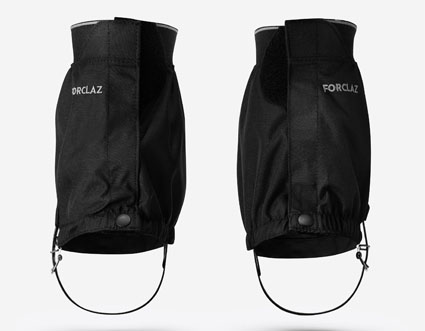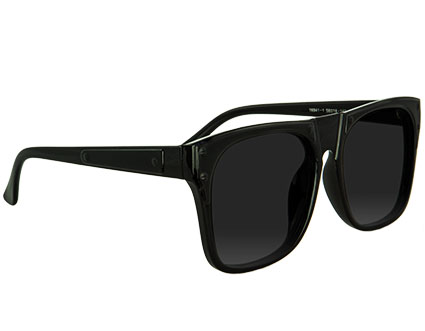For Kilimanjaro, it’s crucial to stay hydrated due to the high altitude and physical exertion.
Hydration Systems (Camelbacks or Hydration Packs):
Capacity: Typically hold 2 to 3 liters of water, providing easy access to hydration without needing to stop.
Design: Look for a system with a wide mouth for easy filling and cleaning.
Durability: Ensure the system is robust enough to withstand rugged conditions.
Both options should be easy to use and maintain, as proper hydration is key to tackling Kilimanjaro’s challenges





























